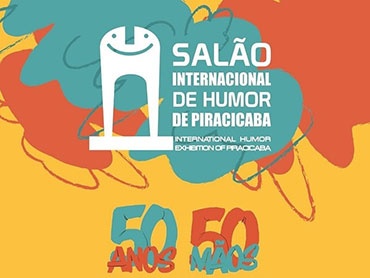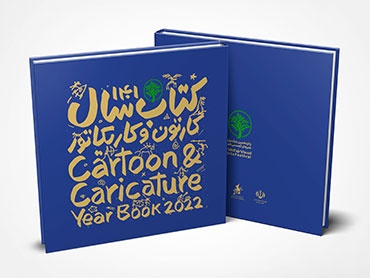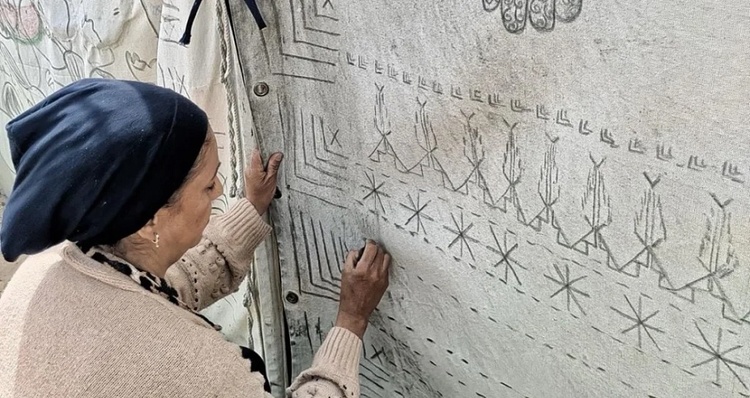
Nothing remains in Gaza, except art.’ Maha Daya
Maha Daya is a Palestinian visual artist originally from Gaza. A trained painter and embroiderer by resistance, she has turned art into a tool to document exile, grief, and violence in her homeland.
A mother of three, she lives in France as a refugee, after fleeing the Israeli siege that has devastated the Strip since October 2023. From there, her work denounces the ongoing massacre with threads, maps, words, and paintings.
Before her displacement, her life was spent between brushes and canvases. Her most recent exhibition in Gaza, opened just two months before the Israeli incursion, was titled Only Rubble, in which she reflected on the 2021 attacks.
“That could have been a violent war,” she would later say. “But this is not a war. This is a massacre. It’s unlike anything.”
Language of Dispossession
In the midst of loss, she found a different language: Palestinian embroidery. “I felt that stitching could express pain, suffering, and displacement more profoundly than oil painting.”
After fleeing to Egypt, she began embroidering maps of Gaza, words in Arabic and English without stitches, forcing the viewer to interpret the hidden, the incomplete, the fragmented. She chose a traditional Palestinian pattern for each word.
You might be interested in: 'Mother of Flies' Wins Top Award at the 2025 Fantasia Film Festival
In one of her most recent pieces, the phrase "All Eyes on Rafah" is woven in cross stitch, surrounded by black bats hovering over a geometric symbol reminiscent of tatreez, the Palestinian national embroidery.
Another of her works shows the thin silhouette of the Gaza Strip, stitched in black and red on white fabric. They are wounds, scars, traces. The phrase "Where Are We Going to?" also appears, embroidered with pain and millimeter precision. “Art conveys suffering,” she says. “It's a way of telling the world what we're going through. What our children are going through. What we've left behind.”
The war in Gaza is a threat
The situation in Gaza, she explains, is desperate. Famine plagues the entire Palestinian population. “Today they said they were going to bring in aid, but people haven't seen anything. Everything they drop from the planes falls on the army's side. If a person gets close, they kill them. There's no food, no flour, no vegetables.
They're starving the population. And displacement is another form of torture,” Maha mentions.
When asked what can be done from Mexico or Latin America, she doesn't hesitate. Her voice rises: “Let our voices reach out. That's the most important thing. Let the world hear us, let them see us.
When there are protests, even if they're far away, it gives us strength. It reminds us that we're not alone. That someone still thinks of us.”
Maha doesn't just embroider fabrics, she embroiders messages. She embroidered Gaza when nothing remained. She embroidered questions when there were no answers. And while her work is on display in France, her sister calls her from Gaza to tell her that there is nothing left in the market. No food or fruit. No life.
“Our mission is to make our voice heard.” And she succeeds. Each stitch is a testimony, a stroke, a proof. Each work, an act of resistance in the face of oblivion.
What you should know
Senior UN officials, including Special Rapporteur Francesca Albanese, have formally accused Israel of committing acts that may constitute genocide against the Palestinian people, as stipulated in the 1948 Convention on the Prevention and Punishment of the Crime of Genocide.
Since the beginning of the Israeli massacre in Gaza on October 7, 2023, more than 60,000 Palestinians have died, according to the Gaza Ministry of Health. Approximately 18,000 of them are children.
Source
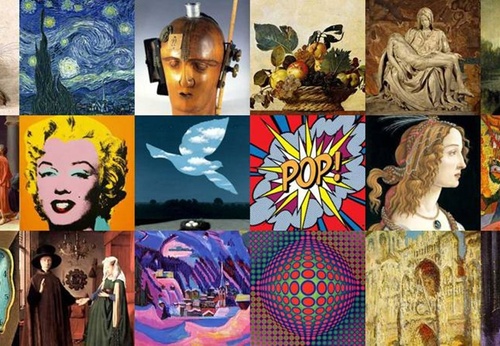
- January 05, 2026
The Importance of Art in Society
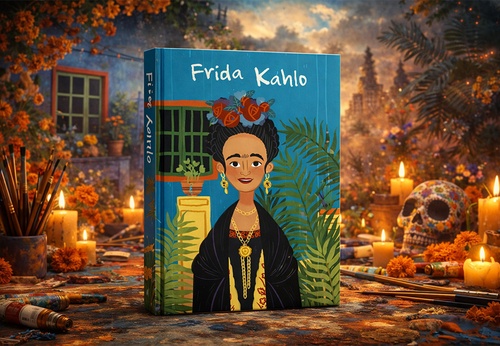
- January 05, 2026
Frida Kahlo
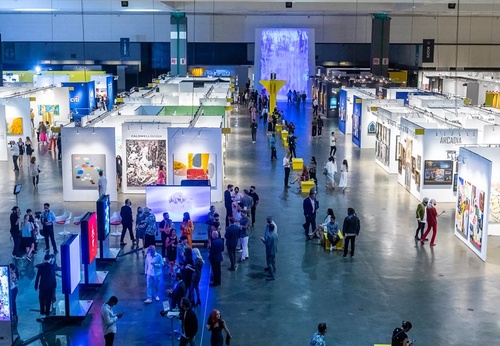
- January 05, 2026
The Latin American Pavilion Marks a Milestone at the LA Art Show
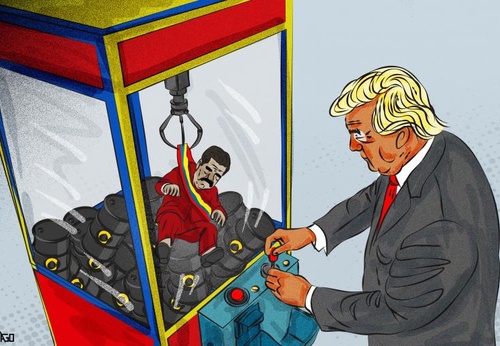
- January 05, 2026
Trump captures Maduro
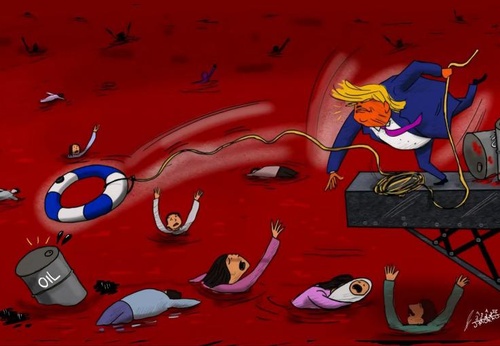
- January 05, 2026
Priorities Trump's priorities.
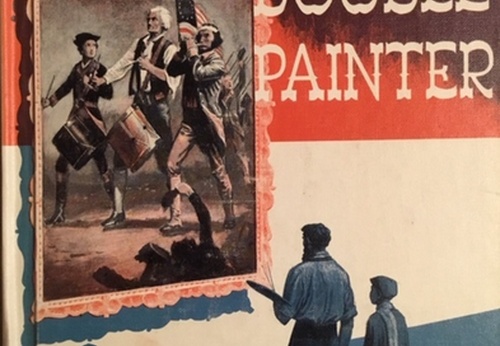
- January 05, 2026
Yankee Doodle Painter by Anne Colver
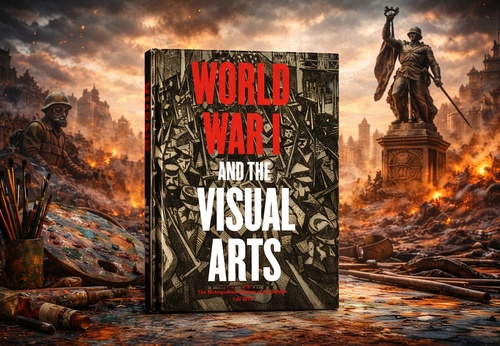
- January 04, 2026
World War I and the Visual Arts
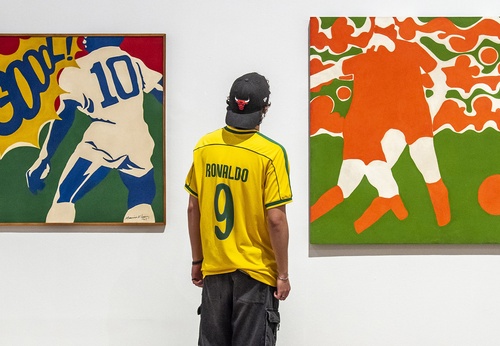
- January 04, 2026
Graphic Art: Much More Than an Image, a Brazilian Visual Language
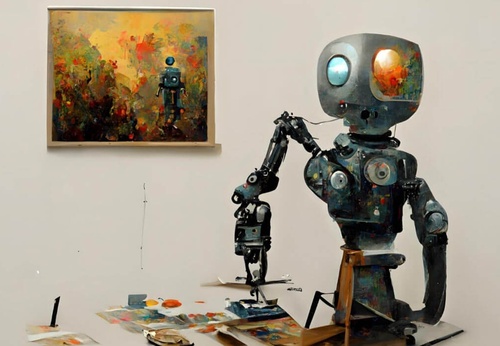
- January 04, 2026
The Future of NFTs and AI-Generated Art

- January 05, 2026
The Importance of Art in Society

- January 04, 2026
Graphic Art: Much More Than an Image, a…

- January 04, 2026
The Future of NFTs and AI-Generated Art

- January 01, 2026
Human Creativity vs. Algorithmic Creati…

- January 01, 2026
The Role of AI in the Preservation of C…

- December 31, 2025
Smart Museums: Artistic Experiences wit…

- December 31, 2025
Ethical Challenges of Machine-Created A…

- December 30, 2025
Generative Art: From Code to Gallery

- December 30, 2025
How Artificial Intelligence Is Redefini…

- December 29, 2025
Artificial Intelligence and the Reconfi…

- December 29, 2025
The Artificial Intelligence Revolution …

- December 28, 2025
The Difference Between Contemporary Art…

- December 28, 2025
The Impact of Contemporary Art on Today…

- December 28, 2025
Contemporary Art and its Multiple Langu…

- December 27, 2025
Graffiti: Urban Voices That Tell Stories

- December 27, 2025
The Art of Graffiti: Expression, Identi…

- December 24, 2025
Art as Human Expression and Universal L…

- December 24, 2025
Art in the Street: When the City Become…

- December 23, 2025
Urban Art in Latin America

- December 23, 2025
Folk Art in Indigenous Communities of L…

- August 29, 2023
The history of Bolivian art

- February 19, 2024
Analysis and meaning of Van Gogh's Star…

- January 28, 2024
Culture and Art in Argentina

- September 25, 2023
What is the importance of art in human …

- September 23, 2023
What is paint?

- August 23, 2023
The 11 types of art and their meanings

- August 10, 2023
14 questions and answers about the art …

- September 23, 2023
Painting characteristics

- August 30, 2023
First artistic manifestations

- January 12, 2024
10 most beautiful statues and sculpture…

- September 23, 2023
History of painting

- March 26, 2024
The importance of technology in art1

- July 13, 2024
The impact of artificial intelligence o…

- March 26, 2024
Cultural identity and its impact on art…

- April 07, 2024
Graffiti in Latin American culture

- August 16, 2023
The 15 greatest painters in art history

- April 06, 2024
History of visual arts in Ecuador

- April 02, 2024
History visual arts in Brazil

- October 18, 2023
History of sculpture

- August 24, 2023
The most famous image of Ernesto "Che" …

- February 19, 2024
Analysis and meaning of Van Gogh's Star…

- August 13, 2023
9 Latino painters and their great contr…

- August 23, 2023
The 11 types of art and their meanings

- August 10, 2023
14 questions and answers about the art …

- August 27, 2023
15 main works of Van Gogh

- August 29, 2023
The history of Bolivian art

- January 28, 2024
Culture and Art in Argentina

- November 06, 2023
5 Latin American artists and their works

- September 23, 2023
Painting characteristics

- September 23, 2023
What is paint?

- September 25, 2023
What is the importance of art in human …

- March 26, 2024
Cultural identity and its impact on art…

- August 30, 2023
First artistic manifestations

- December 18, 2023
10 iconic works by Oscar Niemeyer, geni…

- January 20, 2024
What is the relationship between art an…

- January 12, 2024
10 most beautiful statues and sculpture…

- August 24, 2023
The most famous image of Ernesto "Che" …

- October 30, 2023
Characteristics of Contemporary Art

- May 26, 2024
Técnicas de artes visuais

- August 22, 2023

